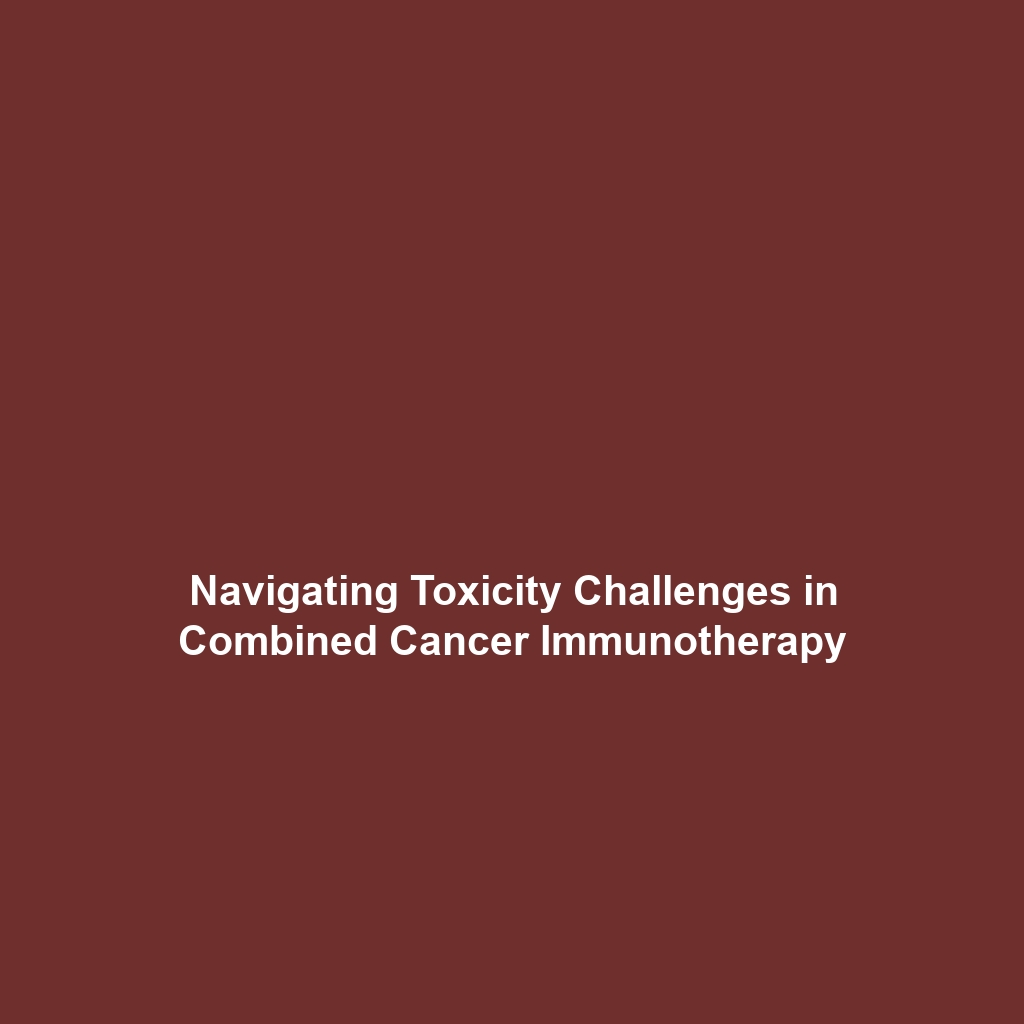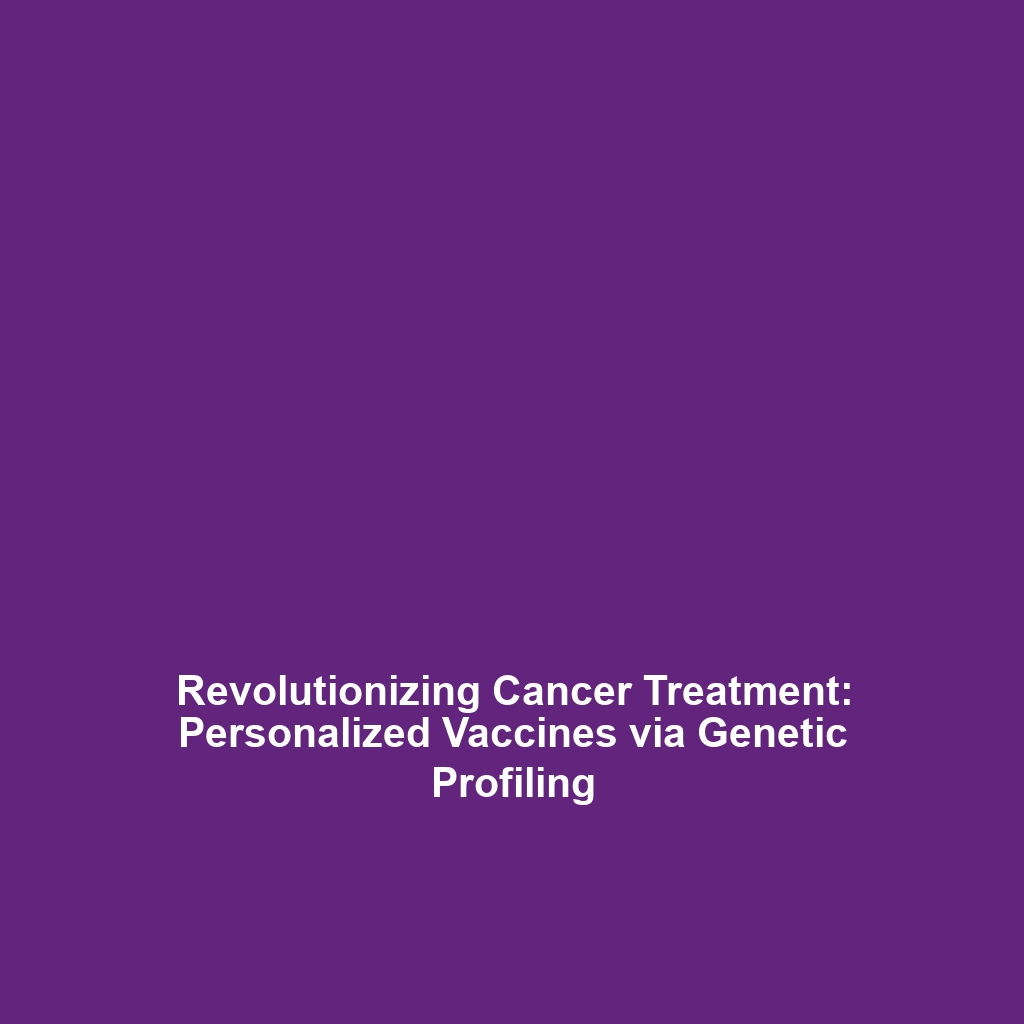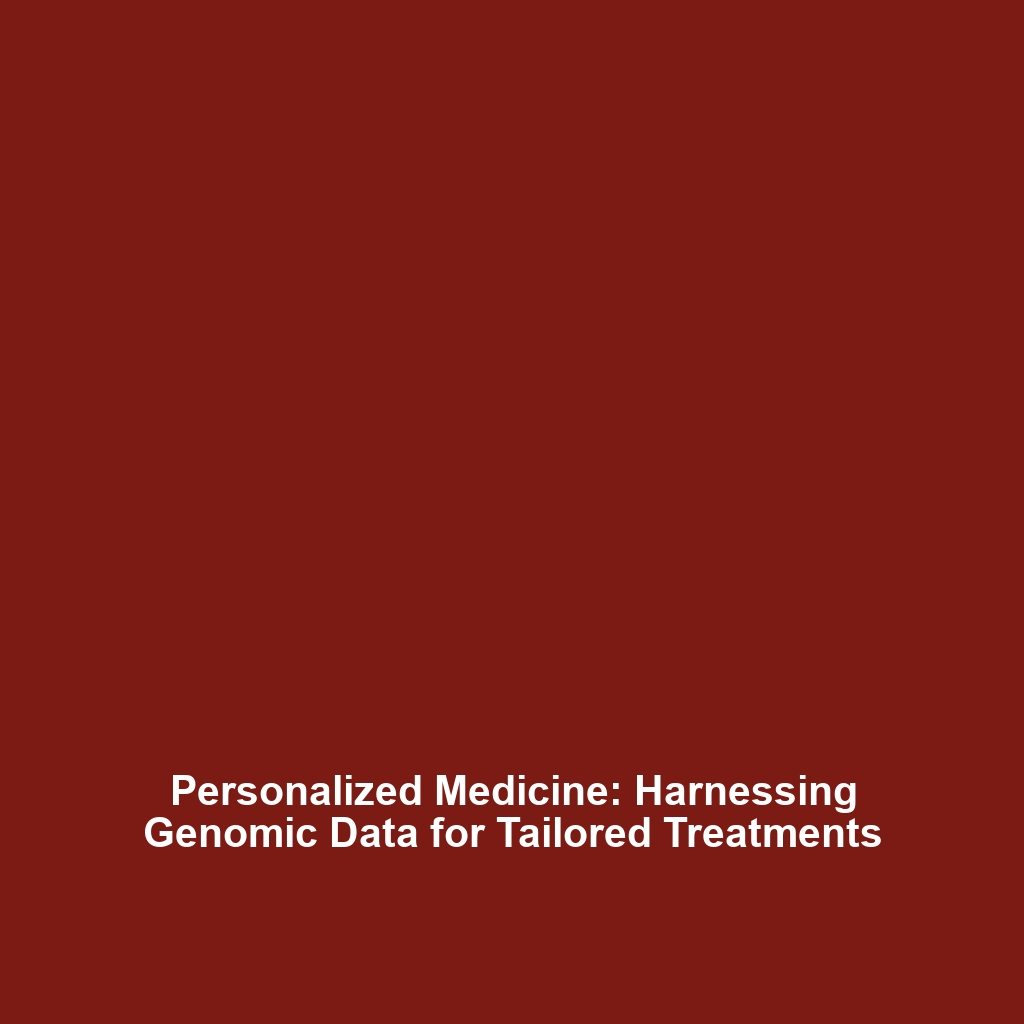<>
Checkpoint Inhibitors: Blocking Proteins That Prevent Immune Cells from Attacking Cancer
Introduction
Checkpoint inhibitors represent a groundbreaking advancement in immunotherapy and cancer treatment, focusing on the ability to unleash the immune system’s full potential against cancer. These agents block specific proteins that serve as checkpoints, preventing immune cells from attacking tumors. As immunotherapy gains momentum, understanding how checkpoint inhibitors function is vital for developing more effective cancer therapies. The significance of this approach lies in its ability to reprogram the immune response, making it a pivotal subject within the broader realm of immunotherapy and cancer.
Key Concepts
Understanding Checkpoint Inhibitors
Checkpoint inhibitors work primarily by targeting proteins such as PD-1, PD-L1, and CTLA-4, which act as regulatory checkpoints in the immune response. The main concepts include:
- Immune Checkpoints: These are molecules on immune cells that prevent the immune system from attacking the body’s own tissues.
- Mechanism of Action: By blocking these checkpoints, inhibitors can enhance the activity of T-cells, allowing them to recognize and destroy cancer cells.
This approach places checkpoint inhibitors firmly within the field of immunotherapy and cancer, creating new avenues for treating various malignancies.
Applications and Real-World Uses
Practical Applications in Cancer Treatment
Checkpoint inhibitors have significantly transformed cancer treatment protocols. Here are notable applications:
- Melanoma: Drugs like pembrolizumab and nivolumab have demonstrated substantial success in treating advanced melanoma.
- Non-Small Cell Lung Cancer: Atezolizumab and durvalumab are key players in improving outcomes for patients with this prevalent form of lung cancer.
- Other Cancers: Ongoing clinical trials are exploring the use of checkpoint inhibitors in bladder, kidney, and even certain types of breast cancers.
How these agents are used in immunotherapy and cancer illustrates their importance in the evolving landscape of oncology.
Current Challenges
Limitations of Checkpoint Inhibition
Despite the promise of checkpoint inhibitors, several challenges remain, including:
- Not all patients respond to these therapies, leading to variability in treatment outcomes.
- Potential for immune-related adverse events, which can complicate treatment.
- High financial costs associated with these innovative drugs, limiting accessibility.
Understanding the challenges of checkpoint inhibitors is crucial for improving patient care in the field of immunotherapy and cancer.
Future Research and Innovations
Innovative Directions
The future of checkpoint inhibitors and their role in immunotherapy is promising. Key areas for future research include:
- Development of combination therapies that enhance efficacy and minimize resistance.
- Investigating biomarkers to predict patient response, which could tailor treatments more effectively.
- Exploring next-generation checkpoint inhibitors that target additional immune pathways.
These innovations could significantly impact the future of immunotherapy and cancer treatment paradigms.
Conclusion
Checkpoint inhibitors are transforming the landscape of immunotherapy and cancer treatment by effectively blocking proteins that hinder immune attacks on tumors. While challenges remain, particularly in access and response variability, ongoing research promises to refine and enhance the effectiveness of these therapies. For further reading on related topics, visit our sections on immunotherapy techniques and recent cancer research advancements.









